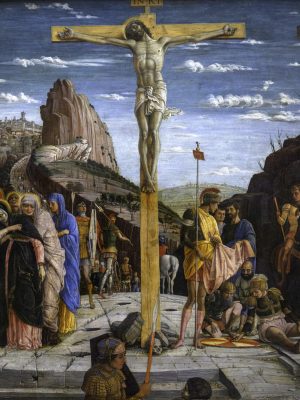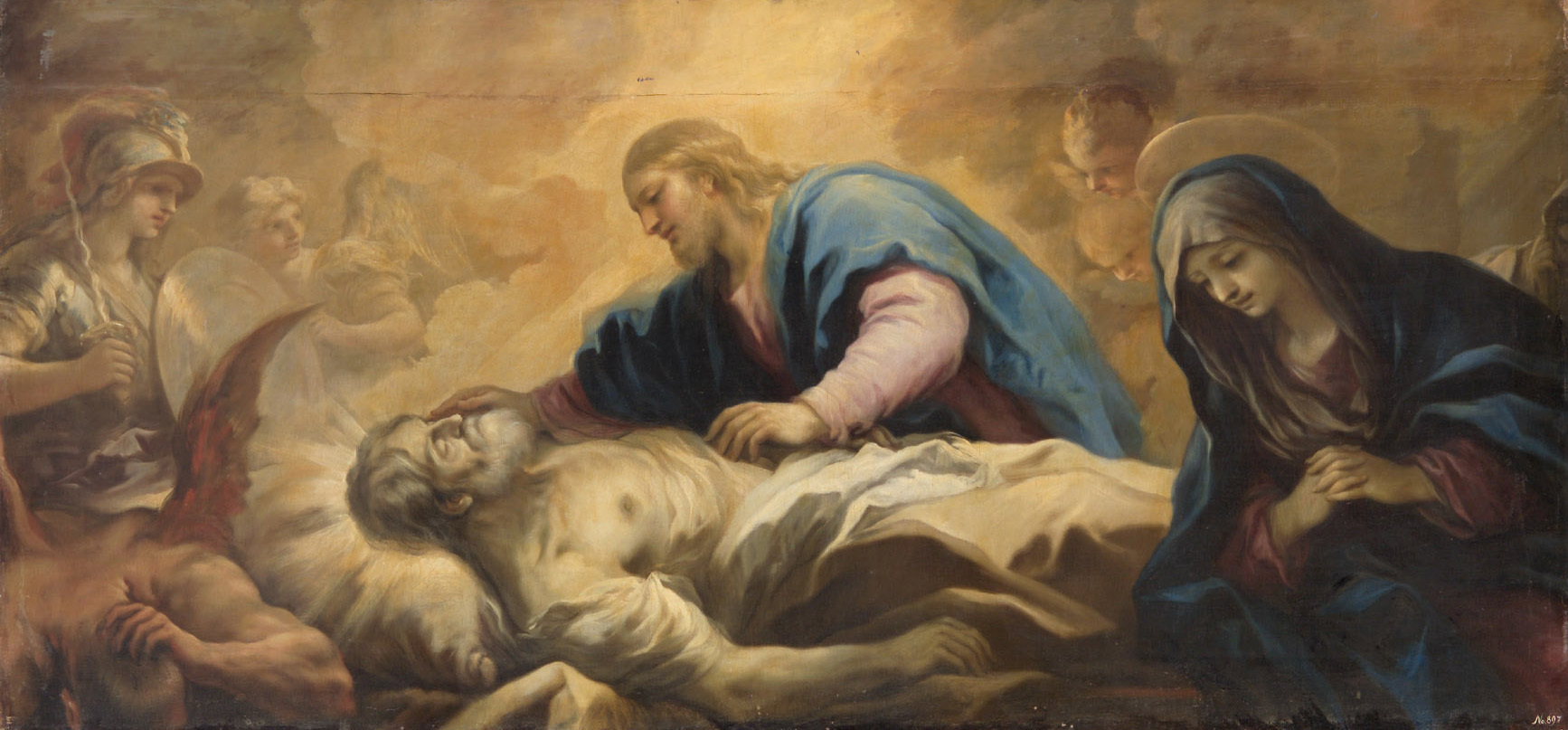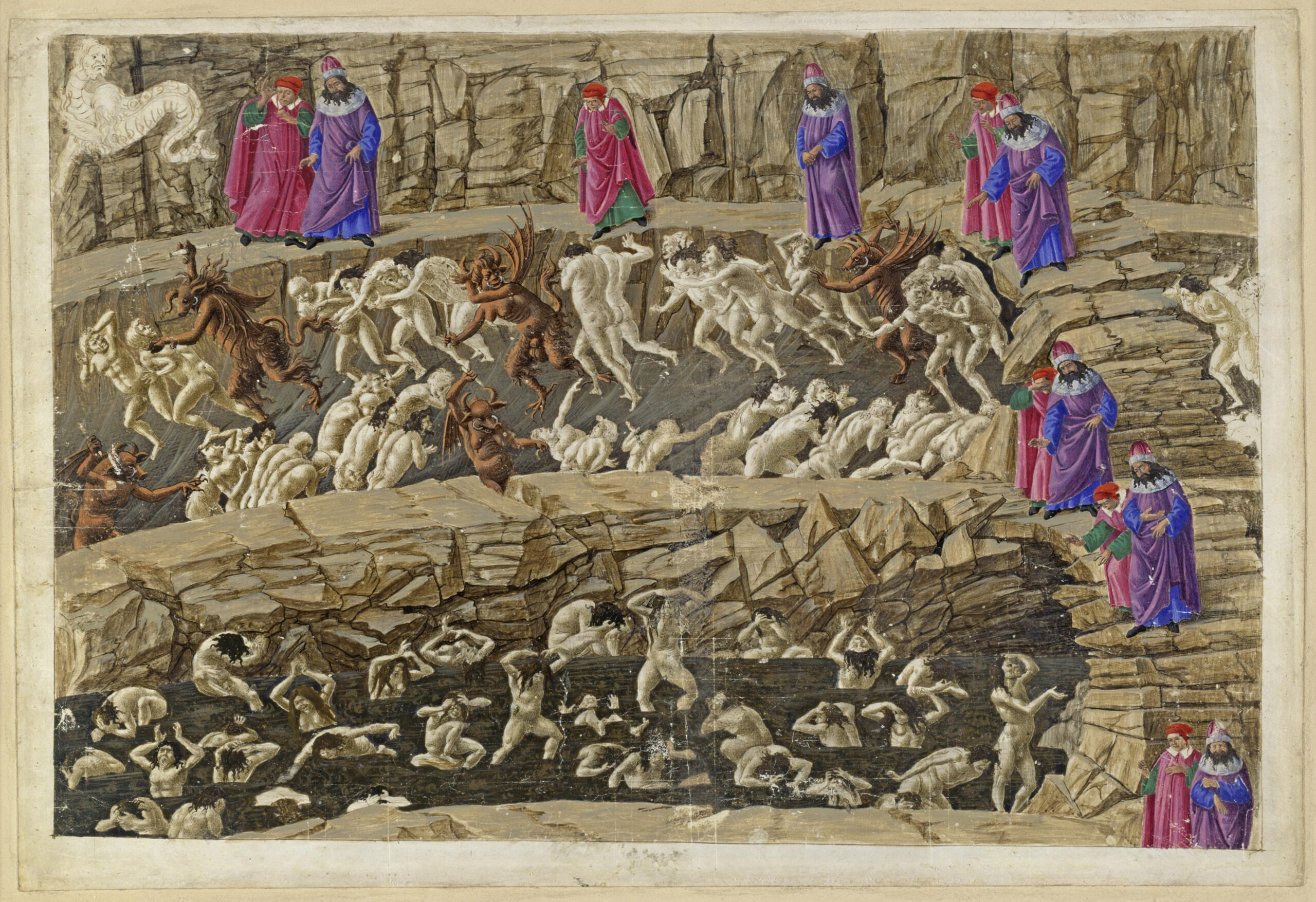The Manual for Suffering shows each reader the purpose of redemptive suffering and the graces in store for those who unite themselves to the Holy Cross. Read on for a reflection and lesson on the theology of redemptive suffering.
The Valley of Tears
No discussion of human life would be complete without addressing the full array of suffering, not only within the soul, but also in the body and in the natural world around us. In experiencing the fullness of human life, Jesus Christ understood and accepted all forms of suffering, and he desires to teach humanity the truths and power that can be born from human suffering (cf. Heb 5:8).
Ever since humanity’s fall from grace, suffering has been an evil within human life. Christian theology has always seen suffering as an evil and as a consequence of the original sin of Adam and Eve. In taking on our human nature, Jesus Christ accepted the suffering of humanity, body and soul. From his life of poverty to living as a refugee in a foreign land to being hunted down as a criminal to the frustration of learning a trade to the death of his foster father to his experience of being tired and thirsty, as well as misunderstood, rejected, and unloved, he walked through all the darkness that we can find ourselves in.
All of the Lord’s sufferings culminated in the cruelty and torture of his passion and the humiliation and asphyxiation of his death. In all these sufferings, he chose to accept, enter, and use suffering, which has been such a pivotal dilemma and source of anguish in human history, as the very means to manifest his love and self-donation for humanity. Suffering itself would become the instrument of salvation (Phil 2:5–11). Let us say that again but with some emphasis: suffering itself would become the instrument of salvation.
How is this possible? How did Jesus Christ use suffering for the redemption and renewal of humanity?
Imploding the Kingdom of Sin
In taking on human suffering, the Lord Jesus went directly to sin, understood as the source of suffering in human life. In order to take away sin and vanquish its control on humanity, he became sin itself (2 Cor 5:21, Jn 1:29; 1 Pt 2:24). He sought to destroy this privation of being, and its consequences of suffering and death, from the inside out. Pope Benedict XVI elaborated on this redemption of the world when he wrote, “In Jesus’ Passion, all the filth of the world touches the infinitely pure one, the soul of Jesus Christ and, hence, the Son of God himself. While it is usually the case that anything unclean touching something clean renders it unclean, here it is the other way around: when the world, with all the injustice and cruelty that make it unclean, comes into contact with the infinitely pure one – then he, the pure one, is the stronger. Through this contact, the filth of the world is truly absorbed, wiped away, and transformed in the pain of infinite love.”
In becoming sin, Jesus Christ took upon himself all the sins of humanity throughout time (2
Cor 5:21). He endured the totality of human guilt, shame, alienation, grief, confusion, and the full panorama of darkness caused by sin. Justice is also brought to bear upon death, which from the beginning of man’s history had been allied to sin. Death has justice done to it at the price of the death of the one who was without sin and who alone was able—by means of his own death—to inflict death upon death.
In this way the cross of Christ, on which the Son, consubstantial with the Father, renders full justice to God, is also a radical revelation of mercy, or rather of the love that goes against what constitutes the very root of evil in the history of man: against sin and death. The crucible for this radically human endeavor was the Lord’s passion, which began in the Garden of Gethsemane.
In the garden, as he took upon himself the sins of humanity, the Lord Jesus sweated blood, felt the full isolation caused by sin, and could not raise his eyes to the heavens. In this sacrificial moment, the words of the prodigal son could be placed in the mouth of Jesus Christ as he suffered in the garden: “Father, I have sinned against heaven and before you; I am no longer worthy to be called your son” (Lk 15:18–19; see also Lk 22:39–46). In the Garden of Gethsemane and by the full weight of his passion, death, and resurrection, Jesus Christ proved his association with suffering humanity and began his passion which destroyed the power of sin and death.
ooo
This article is taken from a chapter in Manual for Suffering by TAN Books which is available from TAN Books.









